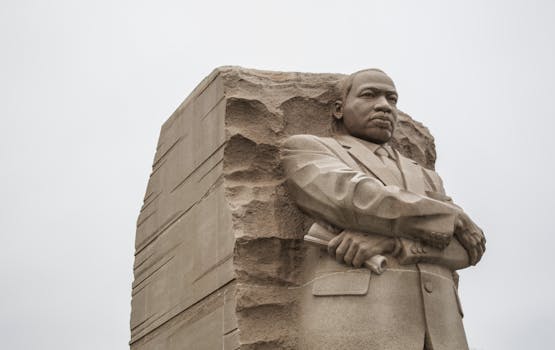
Cultural Heritage in Peril: The Fight to Preserve Ancient Artifacts
Takeaways: Cultural heritage is under threat from various forces, including looting, climate change, and neglect. It is essential to raise awareness and support preservation efforts to protect ancient artifacts for future generations.
Cultural heritage encompasses the history, art, and artifacts that define human civilization. As we progress into a more modern world, these ancient treasures are facing unprecedented threats. From illegal looting and destruction due to conflict to the impacts of climate change, the fight to preserve these artifacts has become more critical than ever. This article delves into the current challenges facing cultural heritage and the global initiatives aimed at safeguarding our shared history.
The Current Threats to Cultural Heritage
Throughout history, artifacts have been a source of knowledge, inspiration, and pride for societies. However, the past few decades have seen a surge in challenges to their preservation. One of the most significant threats is looting. In conflict zones, such as Syria and Iraq, priceless artifacts have been stolen and sold on the black market, depriving nations of their heritage.
Moreover, climate change poses a severe risk to many historical sites. Rising sea levels, increased flooding, and extreme weather events can damage ancient structures and artifacts. For example, the ruins of ancient civilizations along coastlines are particularly vulnerable to erosion and flooding.
Neglect and lack of funding also contribute to the deterioration of cultural heritage sites. Many museums and archaeological sites suffer from inadequate resources, leading to poor preservation practices. As a result, artifacts may fall into disrepair, which exacerbates their vulnerability.
Global Initiatives for Preservation
In response to these challenges, various global initiatives have emerged to protect cultural heritage. Organizations like UNESCO and the International Council of Museums (ICOM) have launched campaigns to raise awareness about the importance of preserving ancient artifacts. These organizations work with governments, local communities, and international bodies to create protective measures.
One notable initiative is the UNESCO World Heritage List, which recognizes and protects sites of cultural and natural significance. Inclusion on this list can help attract funding and support for preservation efforts. Additionally, UNESCO actively works on emergency measures to safeguard heritage sites in times of conflict or natural disasters.
Furthermore, numerous grassroots organizations and local communities are taking action to preserve their cultural heritage. These initiatives often focus on educating the public about the importance of safeguarding artifacts and promoting local heritage. By engaging communities, these organizations create a sense of ownership and responsibility towards their cultural legacy.
The Role of Technology in Preservation

Moreover, virtual reality (VR) and augmented reality (AR) technologies are being employed to create immersive experiences for people to engage with cultural heritage. These technologies can help raise awareness and appreciation for ancient artifacts, fostering a greater understanding of their significance.
Social media platforms also serve as powerful tools for advocacy and awareness. Activists and organizations can share stories, images, and information about endangered artifacts, mobilizing support for preservation initiatives. The global reach of these platforms allows for a collective effort in the fight against cultural heritage destruction.
Conclusion






